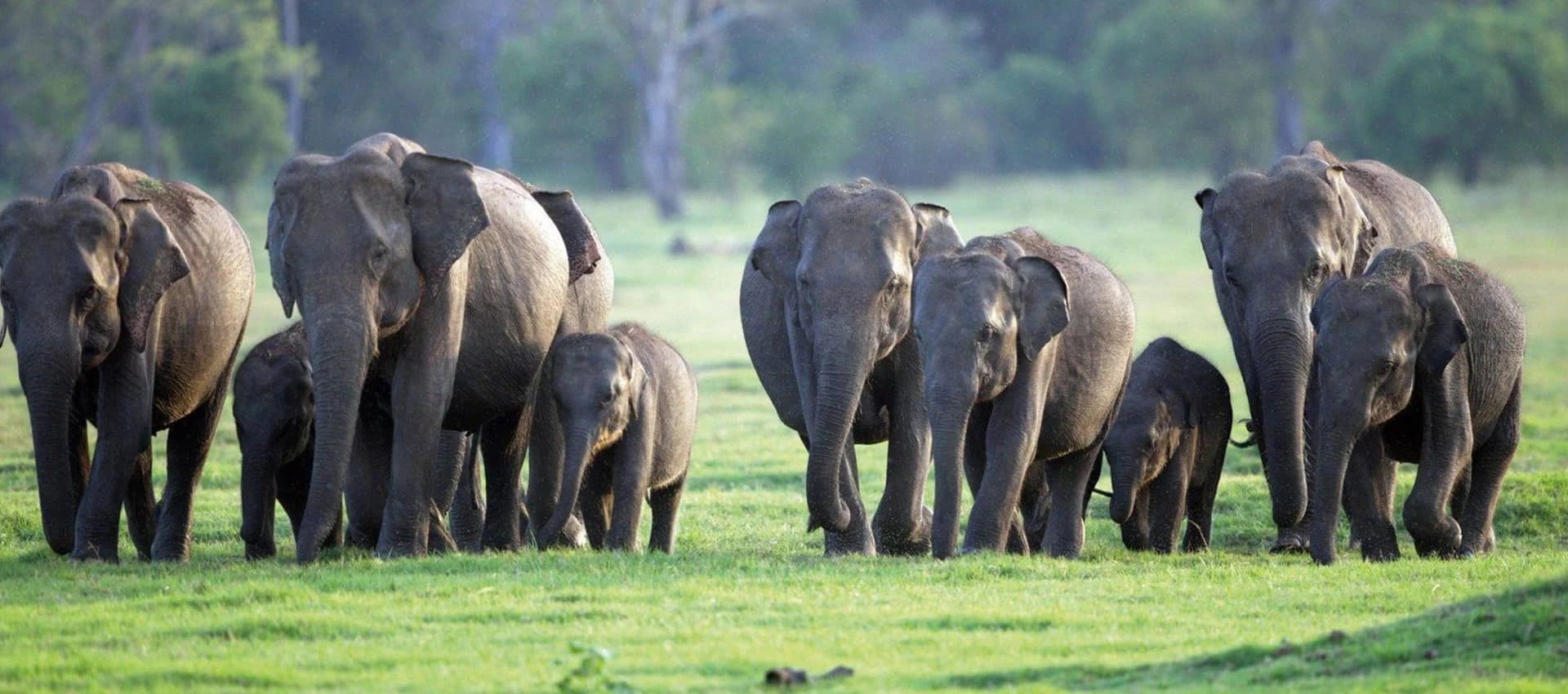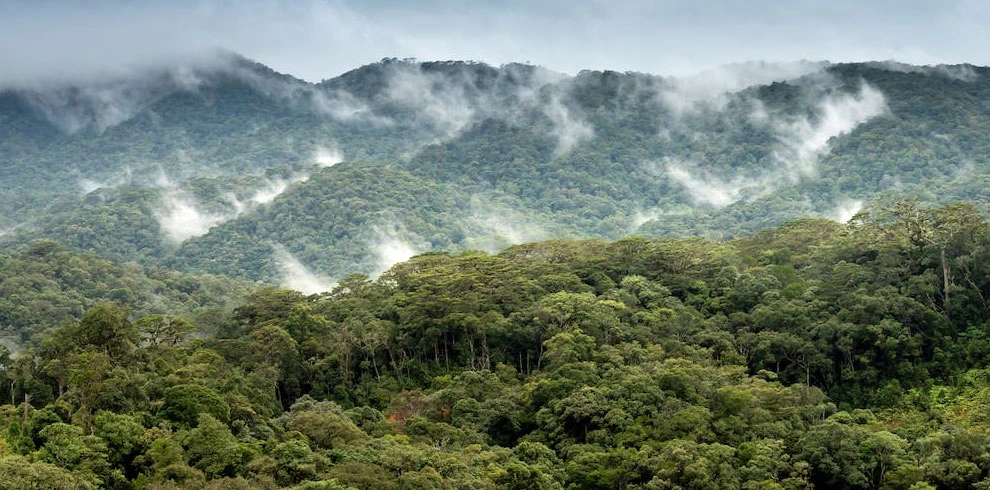No products in the cart.

At Colper.lk, we believe that the real beauty of Sri Lanka lies in the fine details. While photographs and videos can capture some of it, there’s something uniquely personal about what you see through a pair of binoculars. Whether you’re birdwatching, scanning for wildlife, or soaking in panoramic views, having the right binoculars can completely transform your experience.
Sri Lanka offers a rich visual feast — wetlands brimming with migratory birds, mist-covered mountains with rare endemic species, and coastal waters where whales break the surface. If you’re wondering where to begin, here are ten of our favorite destinations across the island that truly come to life through your lenses.
For those new to the world of optics or looking to get the most out of their equipment before heading out on their adventure, a solid foundation is key. To ensure you’re prepared to capture every moment, we recommend checking out our comprehensive guide on how to use binoculars for beginners.
Bundala National Park: A Birdwatcher’s Paradise

Along Sri Lanka’s southern coast lies Bundala, a national park internationally recognized as both a Ramsar Wetland and UNESCO Biosphere Reserve. This ecosystem attracts over 200 bird species, including greater flamingos, painted storks, and spoonbills.
From September to March, thousands of migratory waterbirds arrive, turning the park into a dynamic theater of movement and color. Its flat terrain and shallow lagoons make wide-field scanning easier, especially at dawn and dusk. This is where lightweight, wide-view binoculars prove their worth, letting you scan large flocks without missing the finer details.
It’s a paradise not just for expert birders but also for casual explorers who want to enjoy nature at its most peaceful.
Horton Plains: Into the Misty Highlands

Horton Plains sits 2,100 meters above sea level, surrounded by dense cloud forests and sweeping grasslands. This high-altitude plateau in the Central Highlands is home to some of the island’s rarest species, including the Sri Lankan whistling thrush and the endemic rhododendron trees.
The iconic World’s End cliff drop offers breathtaking views, especially in the early morning. As visibility can change quickly due to cloud cover, clear skies at sunrise are ideal for long-distance viewing.
Sometimes, portability makes the difference when covering long treks on foot. Binoculars that are lightweight, fog-resistant, and offer crisp contrast in shifting light conditions will be your best companion here.
Minneriya National Park: Witness the Gathering

Between July and October, the Minneriya Tank becomes the stage for a natural phenomenon called “The Gathering.” Hundreds of Asian elephants congregate in one location — an unforgettable sight that draws wildlife lovers from around the globe.
This park also hosts waterbirds, raptors, deer, and occasionally leopards in the distance. Open spaces mean you can enjoy wide-angle scans and track animal movement from a distance.
This is where full-sized binoculars often show their strength with high light intake and stable magnification. Even from the safety of a safari vehicle, you’ll be amazed at how much more you can see with the right lens power.
Kumana National Park: Untamed and Uncrowded

Located in the southeast, bordering Yala National Park, Kumana offers a more secluded wildlife experience. It’s particularly revered among birdwatchers for its seasonal swamp called Kumana Villu, which supports large flocks of pelicans, painted storks, and rare species like the black-necked stork.
Without the busy jeep traffic of other parks, you’ll enjoy long, quiet observation periods. The landscape transitions from open wetlands to jungle scrub and coastal stretches, offering variety and depth.
With fewer distractions, this is a place where patience pays off. A reliable pair of binoculars that provides detail in both wide and tight focus ranges will make the long waits deeply rewarding.
Sinharaja Forest Reserve: The Living Rainforest

Sinharaja is one of the last remaining tracts of primary tropical rainforest in Sri Lanka and a UNESCO World Heritage Site. It’s the crown jewel of biodiversity, especially for birds, with over 147 species recorded and 33 endemic to Sri Lanka.
The thick canopy, sudden bursts of movement, and filtered light through foliage make this a challenging environment for spotting wildlife. That’s exactly why having dependable optics is crucial.
Bring patience, and binoculars that balance magnification with field of view, to make the most of this sensory experience. You might catch glimpses of the Sri Lanka blue magpie, green-billed coucal, or even a troop of purple-faced langurs.
Mirissa: A Front-Row Seat to the Giants

Venture offshore from Mirissa, and you’ll be entering some of the world’s best waters for whale watching. Between December and April, blue whales, sperm whales, and several dolphin species travel through these deep ocean routes.
Spotting them from the deck of a moving boat requires different equipment than land-based viewing. Expansive settings like this challenge you to stabilize your view without sacrificing clarity.
Marine-grade binoculars with water resistance and anti-glare coatings are ideal. Image stabilization can also make a significant difference when you’re scanning the waterline for distant blows or fins breaking the surface.
A Closer Look Makes All the Difference
Whether you’re standing at the edge of a cliff, paddling through mangroves, or peering into a thick forest, Sri Lanka offers scenes that are fleeting, intimate, and astonishing. A good pair of binoculars doesn’t just make things bigger — it makes experiences richer.
At Colper.lk, we’re not just here to offer binoculars — we aim to support how you see and experience the world around you. Whether you’re choosing a compact model for portability or a full-size pair for immersive viewing, the right fit depends on your environment, your comfort, and how you prefer to observe.
Let your lenses take you closer. Let your adventures become sharper, steadier, and more vivid than ever before. With the right gear and the right place, the world isn’t just out there — it’s right in front of you, waiting to be seen.
